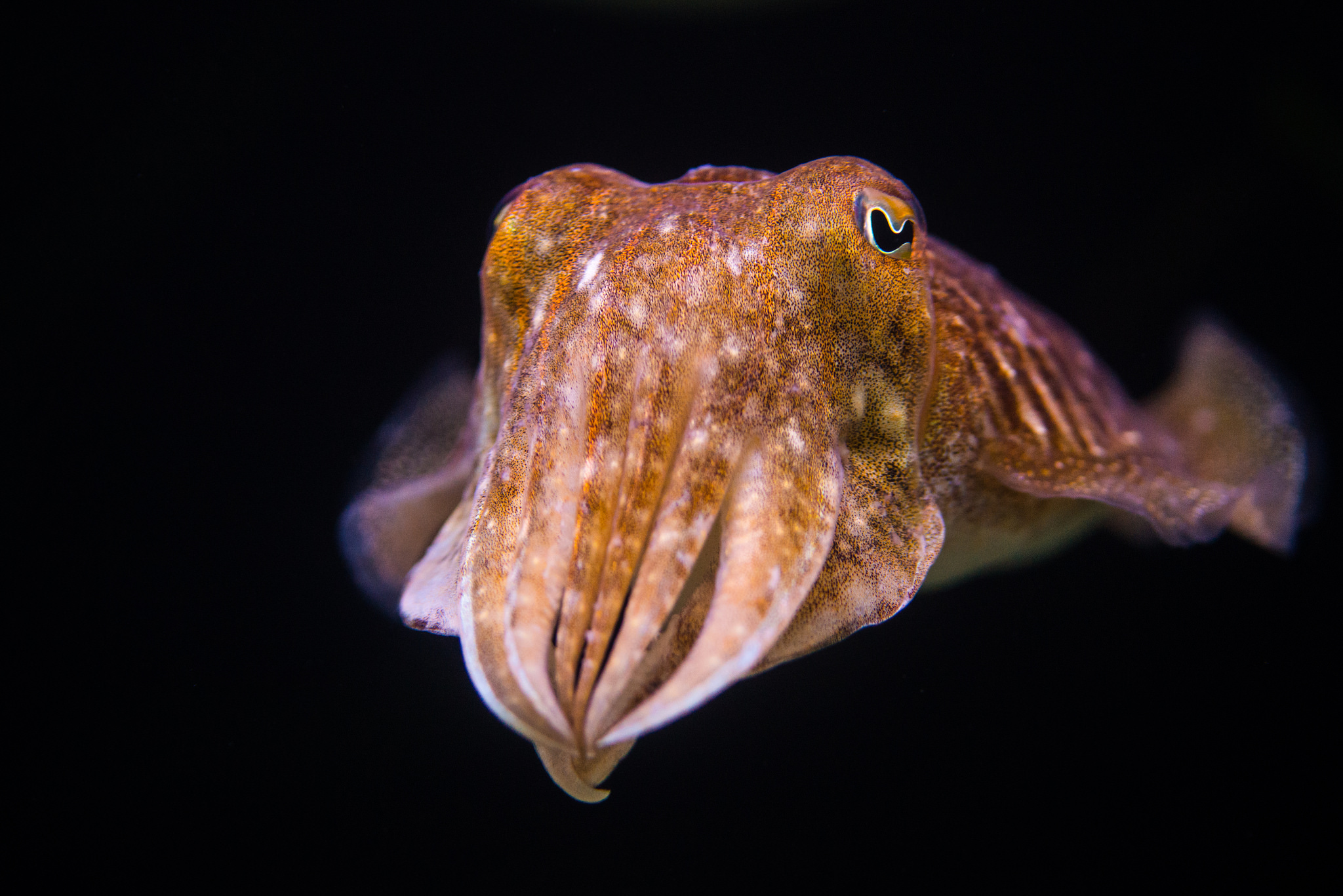Take a walk on any beach and you will find a treasure-trove - just like this cuttlefish bone. Now cuttlefish are pretty amazing critters - and these cuttlebones are just one of the cool things about them.
This teeny tiny cuttlefish bone was found on a beach in the north coast of Jersey. Credit Samantha Andrews/Ocean Oculus
First things first - cuttlebones are not actually bones, but a shell. Yep - their shells are inside their bodies. This might seem pretty strange - after all, an external shell can provide protection from predators, but an internal shell?! Actually, they are pretty useful too. Cuttlebones are made from a substance called aragonite - a form of calcium carbonate that forms a lattice-like structure. Essentially the cuttlebone is strong and full of holes, which the cuttlefish can fill with a mix of gas and liquid in different amounts. The result? Buoyancy control. If the cuttlefish wants to sink, it adds more liquid than gas. If it wants to rise it adds more gas than liquid. Together with its fins and 'jet propulsion' system*, this makes cuttlefish pretty agile.
So where are you likely to find a cuttlebone? If your wandering on a beach in Africa, Australia, Asia, or Europe - including the Mediterranean you might be in luck! Cuttlefish are found in the coastal waters of all these places, but if you're in North or South America I have some bad news - Cuttlefish just didn't set up home here.
This cuttlefish is a Sepia officinalis - the European common cuttlefish. Credit Richard/Flickr (CC BY-ND 2.0)

